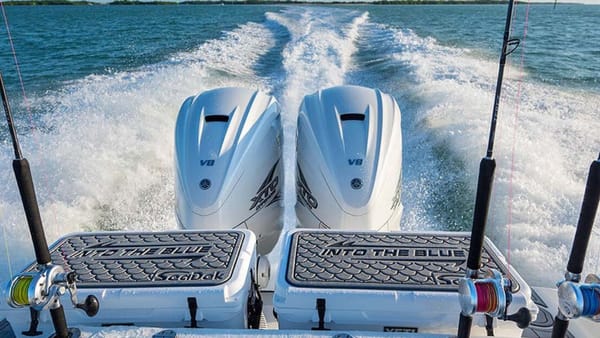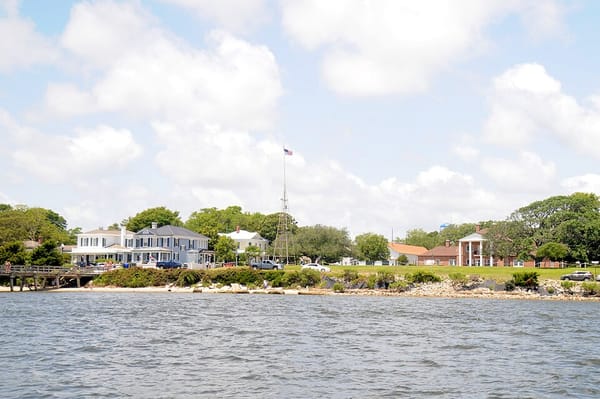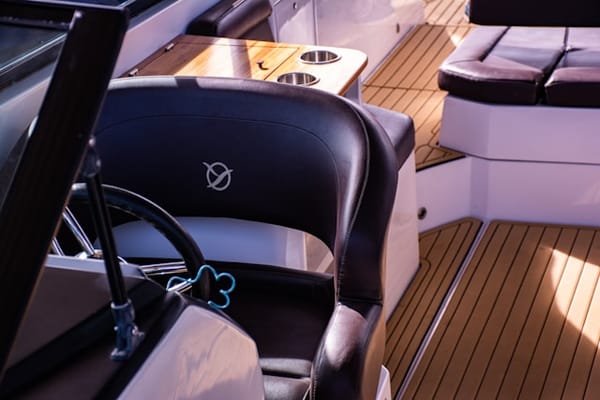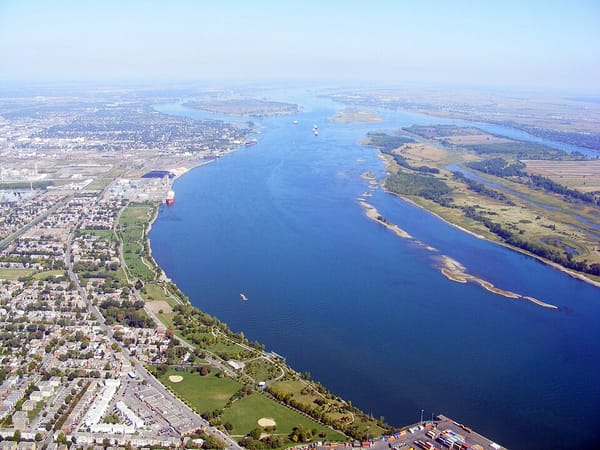Boat Maintenance: Tips to Avoid Transporting Invasive Species on Boats and Trailers

Whether you boat in the Chesapeake Bay, the Pacific Ocean or Florida waterways, invasive species can harm ecosystems. Invasive plants and animals can cause problems such as outcompeting native species, disrupting food chains and other ecological problems. You certainly don’t want to invite them back to a private boat dock rental or your home driveway.
Cleaning a boat and its trailer thoroughly is essential to preventing the unintentional spread of invasive species from one body of water to another. Keep reading to learn some tips on how to clean a boat and trailer to minimize the risk of transporting these invasive problem causers.
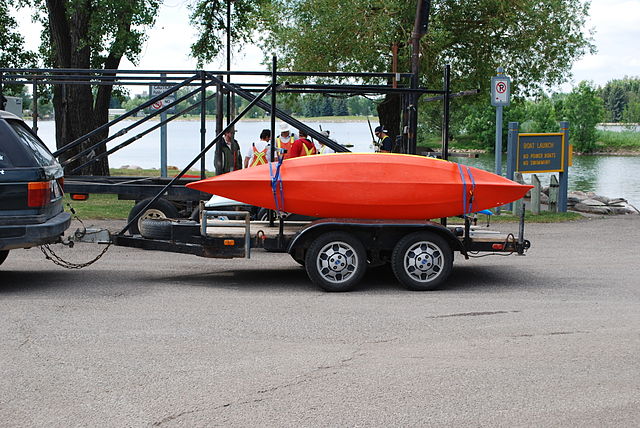
Photo: Wikimedia/Dave7/CC by SA 2.0
Inspect your boat before leaving the water.
- Before leaving the water, carefully inspect your boat, trailer and any equipment for visible signs of aquatic plants, animals, or mud.
- Pay special attention to the hull, propellers, live well, trailer, lights, rollers, axle hubs and any other areas where water can accumulate.
- Many aquatic nuisance species (ANS) can get unknowingly transported back to a private boat slip for rent simply because they aren’t readily visible (zebra mussels are a prime example).
Clean your boat immediately after use.
- Rinse the hull, deck and other boat surfaces with high-pressure hot water as soon as possible after leaving the water. Hot water helps kill and remove potential invasive species before they make their way to a private boat lift for rent.
- Use a brush or scrubber to physically remove any debris, mud, or plant material attached to the boat.
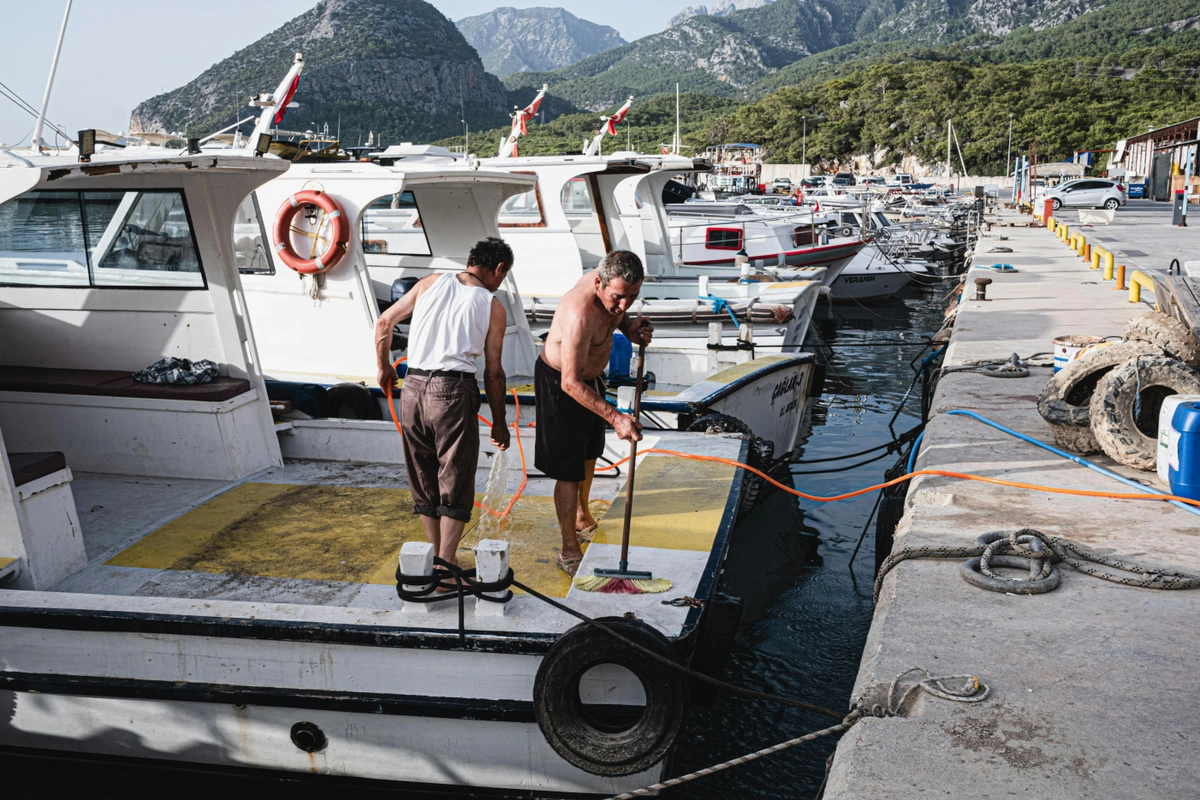
Photo: Pexels
Remove any vegetation or organisms.
- Inspect and remove any plants, animals or mud manually. Dispose of the removed material away from the water, preferably in a designated area or trash receptacle. Do not transport it back to a private boat lift for rent.
Clean and inspect equipment.
- Clean and inspect all fishing gear, anchors, ropes and other equipment that came into contact with the water. This includes tubes, tow lines and other water sports gear.
- Use hot water or a mild detergent to clean surfaces thoroughly.
Empty and drain.
- Drain water from bilges, ballast tanks and any other compartments that may collect water during use.
- Open all compartments and hatches to allow for complete drying.
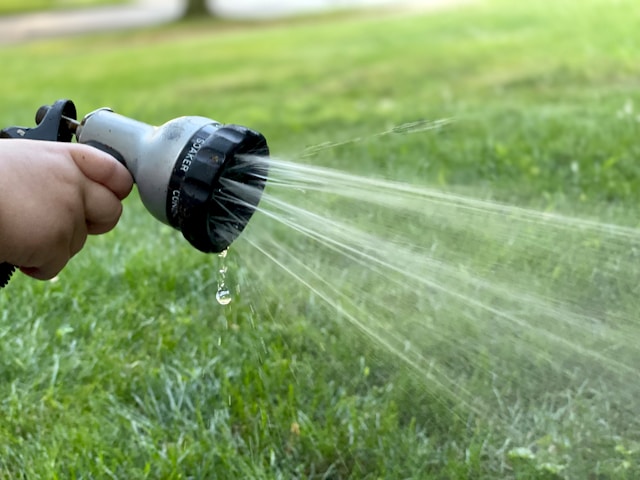
Photo: Unsplash
Use high-pressure and hot water.
- When possible, use high-pressure hot water to clean the boat. Hot water is more effective in killing and removing potential invasive species.
- Ensure that the water temperature is at least 140°F (60°C) for effective cleaning.
Avoid the use of chemicals.
- Minimize the use of chemicals unless they are specifically designed and approved for boat cleaning and marine environments. Some chemicals can harm aquatic ecosystems.
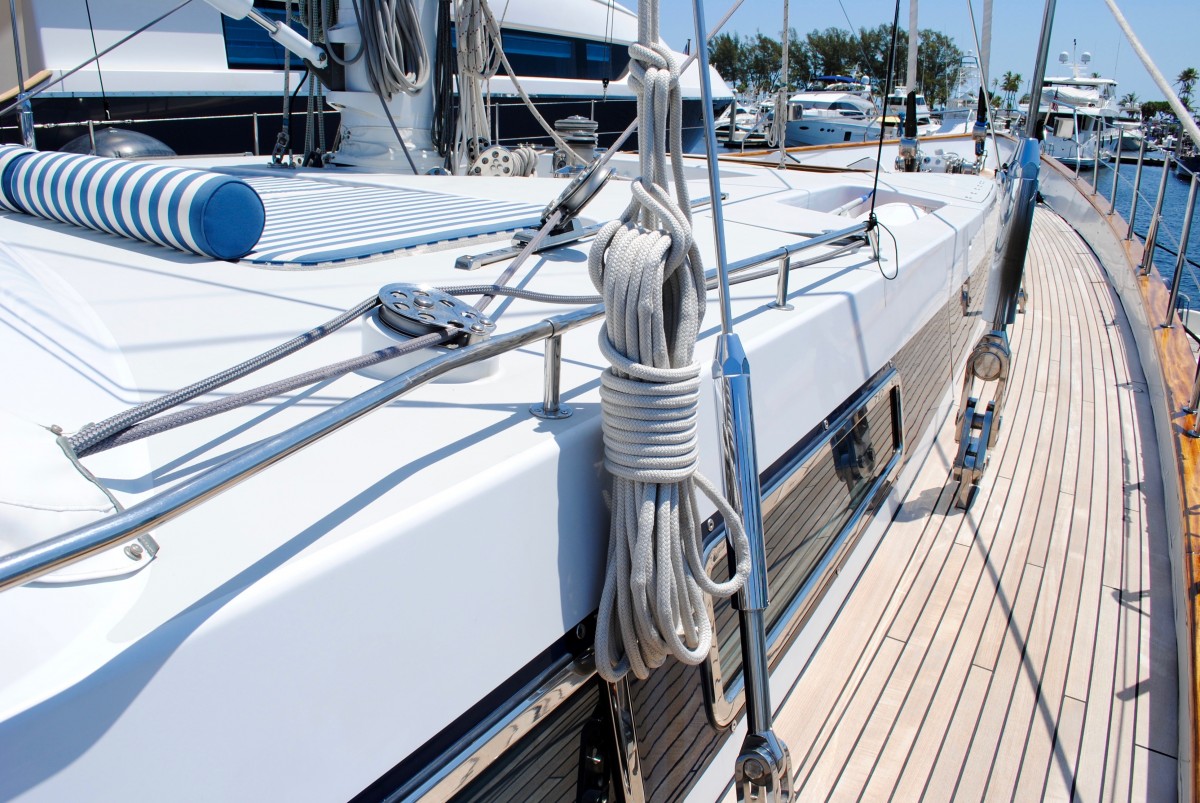
Photo: PxHere/Public Domain
Educate and raise awareness.
- Promote awareness about invasive species and the importance of cleaning boats among boaters, anglers, the community and fellow private boat dock rental owners.
- Encourage responsible boating practices and adherence to local regulations and eco-friendly guidelines.
Follow local regulations and guidelines.
- Be aware of and follow any local regulations, guidelines and environmental laws regarding the prevention of the spread of invasive species. Some areas may have specific rules in place to protect their water bodies.
By following these tips, you’ll greatly reduce the chances of bringing invasive species back to your home, marina or private boat slip rental.
